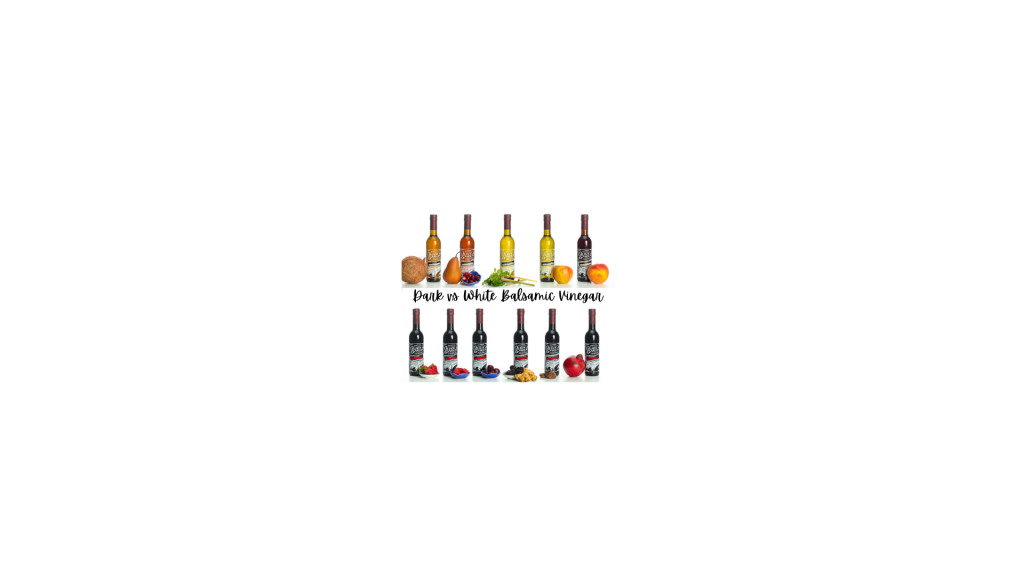No products in the cart.
Jul 20, 2025Chicken Enchilada Dip


Lets explore the difference between Aged Dark Balsamic Vinegar vs. White Balsamic Vinegar. Balsamic vinegar, a centuries-old treasure originating in Modena, Italy, presents connoisseurs with a choice: the robust aged dark balsamic vinegar or its lighter counterpart, white balsamic vinegar. Explore the distinctive journeys of these culinary gems and the nuances that distinguish them.
In short, aged dark balsamic vinegar emerges as a robust masterpiece crafted from Trebbiano grapes, undergoing a caramelization process over an open wood fire and aging in diverse wood barrels. This results in a deeply colored, complex flavor profile ideal for enhancing salads and desserts. Conversely, white balsamic vinegar offers a delicate elegance, produced by blending white grape must with aged white wine vinegar. After a light filtration and aging in new white oak barrels, it maintains a crisp, clean taste—perfect for dressings and dishes preferring a lighter touch. Both varieties showcase the time-honored craftsmanship of Modena, Italy.
Crafted from Trebbiano grapes, occasionally blended with Lambrusco grape must, dark balsamic vinegar undergoes meticulous cooking and caramelization in copper kettles over an open wood fire. The traditional Solera Method in Modena, Italy, involves aging in old wood barrels, contributing characters from oak, chestnut, acacia, cherry, mulberry, ash, and juniper. This process yields a deeply colored, complex vinegar with notes of sweetness, tartness, and the unique essence of the wood barrels, enhancing salads, marinades, and desserts.
In contrast, white balsamic vinegar begins by blending white grape must with 100% Italian barreled aged white wine vinegar, using exclusive grape varieties from the Modena region—Albana, Trebbiano, and Montuni. Lightly filtered after traditional cooking, it skips open wood fire and copper kettle caramelization, aging instead in new white oak barrels. The result is a crisp, clean taste with subtle fruity undertones and mild acidity, making it an ideal choice for dressings, glazes, and dishes where a lighter touch is preferred.
In conclusion, the choice between aged dark balsamic vinegar and white balsamic vinegar hinges on the desired culinary experience. The dark variant, with its intricate aging and diverse wood barrels, offers a rich, complex flavor. In contrast, the white version embodies a delicate elegance, perfect for those seeking a lighter touch. Whichever you choose, these balsamic vinegars testify to the time-honored craftsmanship of Modena, Italy.
Discover our exquisite selection of Balsamic Vinegars. Firstly, for Aged Dark options, click here, and secondly, for White varieties, click here.
Want to know even more? Check out our FAQs post.
No products in the cart.
